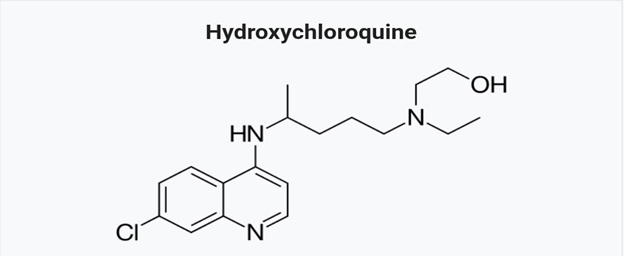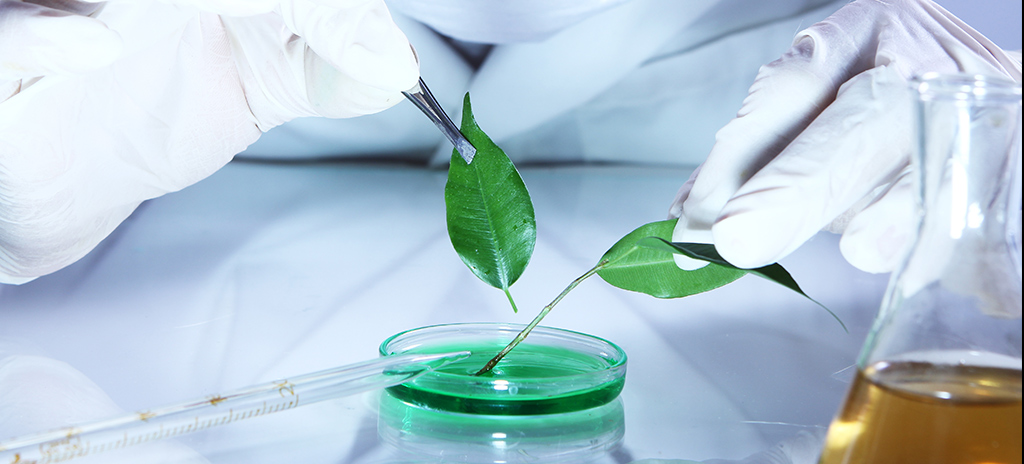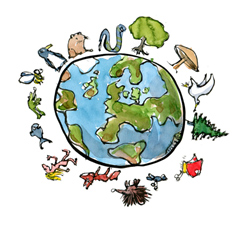Student contributors: Rudranil Samantha and Rumale Das (B. Tech Biotechnology)
The coronavirus disease 2019 (COVID-19) has caused a challenging situation all over the globe. From health to the economy, everything has been massively affected by this pandemic. People across the globe have been going through tough conditions. Control measures namely social distancing has been initiated by the governing body of every country to diminish the pace of this virus transmission. All things including science have been paused but biotechnology research is a key to fight off this pandemic by developing a vaccine, drugs. Though most of the research work has been stopped or delayed but biotechnology research is an essential field for the advancement in developing the treatment of this disease. Most of the countries are going through the lockdown phase, for which all schools and colleges regular classes are being held over the online portal. Most of the educational institutes are organizing a webinar to enhance the knowledge of each student. However, some of the researchers have been benefited due to these massive changes that have begun with COVID-19. Researchers can complete their leftover manuscript, can actively take part in some research activity and most importantly they can contribute their thoughts in developing vaccines, monoclonal antibodies, etc and also finding a solution for this deadly situation. But these may create several troubles such as the presence of limited staff for conducting a research work as to maintain social distancing, again limited technician staff for operating several types of machinery such as mass spectrometry, scanning or transmission spectrometry, etc. along with staffs those are working in supply stores. However, the chief researcher may also face some problems in losing some of his/her staff, because those may have poor immunity or some of them may be aged or some may suffer from chronic disease. Yet, this specific pandemic is driving individuals to rethink their jobs as researchers. Regularly, we are lucky enough to have the option to appoint a portion of our for family-related duties to other people viz. childcare, household works, etc; in any case, this lockdown situation has upset these basic assets and imperiled our work, as we can’t shuffle between work and home conditions. For instance, right now, a huge number of specialists, graduate students are occupied with regulating their students for their everyday training, as distance learning has transformed guardians into full-time instructors. But in some other countries like Mexico, this may be gender-based so, the research project is destined to be either scaled back or then again constrained, consequently including some pressure components to the workplace. It is to be noted that in this current scenario, it is very much effective to come up with some alternative project work related to biotechnology which guarantees to become a success. This situation has forced to change the role of chief scientists, technician and other staff members of a laboratory, whereas, on the other hand, they had also benefited with advantages such as in analyzing the leftover data, to write dissertations and also explore some new ideas in the field of bioinformatics, in silico studies, etc. Besides this, some of private industries or institutions are conducting webinars where they can gather new knowledge or technology or in some context they can also be a speaker of a certain webinar where they can illustrate their new ideas on discovery or projects or experimental work. Therefore it is a good opportunity for the upcoming or new researchers to gain knowledge or grow new abilities and thoughts to make the best out of these circumstances.
Nevertheless, these work-related deeds will be tackled with the same commitment and proficiency under this current situation, if it is thought then it would be very wrong. It is known that personal isolation and correlated tension to this pandemic in which we are now living, can have an acute psychological effect. In this situation, we all have to be extremely self-stimulated, and also we have to inspire others to be productive. As well as we all have to realize that it is not possible to concentrate on work at an equal level while someone would under normal circumstances. This situation has also raised the problems of some members of the research group to think of their financial condition or course of events for finishing a degree and future employment possibilities.
Though in some of the countries, the trajectory path of this pandemic is beyond the control line, but designs are in progress to move back to their normal activities. But it is to be kept in mind that SARS-CoV-2 will remain as a seasonal pathogen until and unless there is an effective vaccine. This situation has able to make us habituate with a new strategy which will permit us to more readily adapt to such a circumstance later on.
This COVID-19 pandemic situation has able to serve several aspects in the fields of biotechnology. The researcher has got a chance to experiment with the process of new findings and also this situation helps the professional youth to gain a vast knowledge of new technology or protocols. The students also have got a chance in broadening their knowledge in this field by writing various review papers, hand-on training, etc. Other than the specialized parts or technical aspects of leading biotechnology research, it also motivates the researcher and also the human spirit by providing spontaneity, intelligence, a positive attitude, and liberality. All the people are in a tough situation with an insecure destiny but it also offers a scope to reconsideration how can we interact with each other in a way which will good for the huge scientific province for a lengthy period. However, from this pandemic situation, the governing members of countries have also realized the importance of the biotech sector, as the key ingredients to fight against this pandemic can only be provided by this sector. On the other hand, there is a huge demand for the antibody, drugs, and other clinical items, which is rising exponentially so, this could be a factor that can trigger the development of the biotech industry at a noteworthy level. Biotechnology is gaining importance day by day. Coronavirus has given several good opportunities to researchers but there are some challenges as well, which should not be ignored.
















